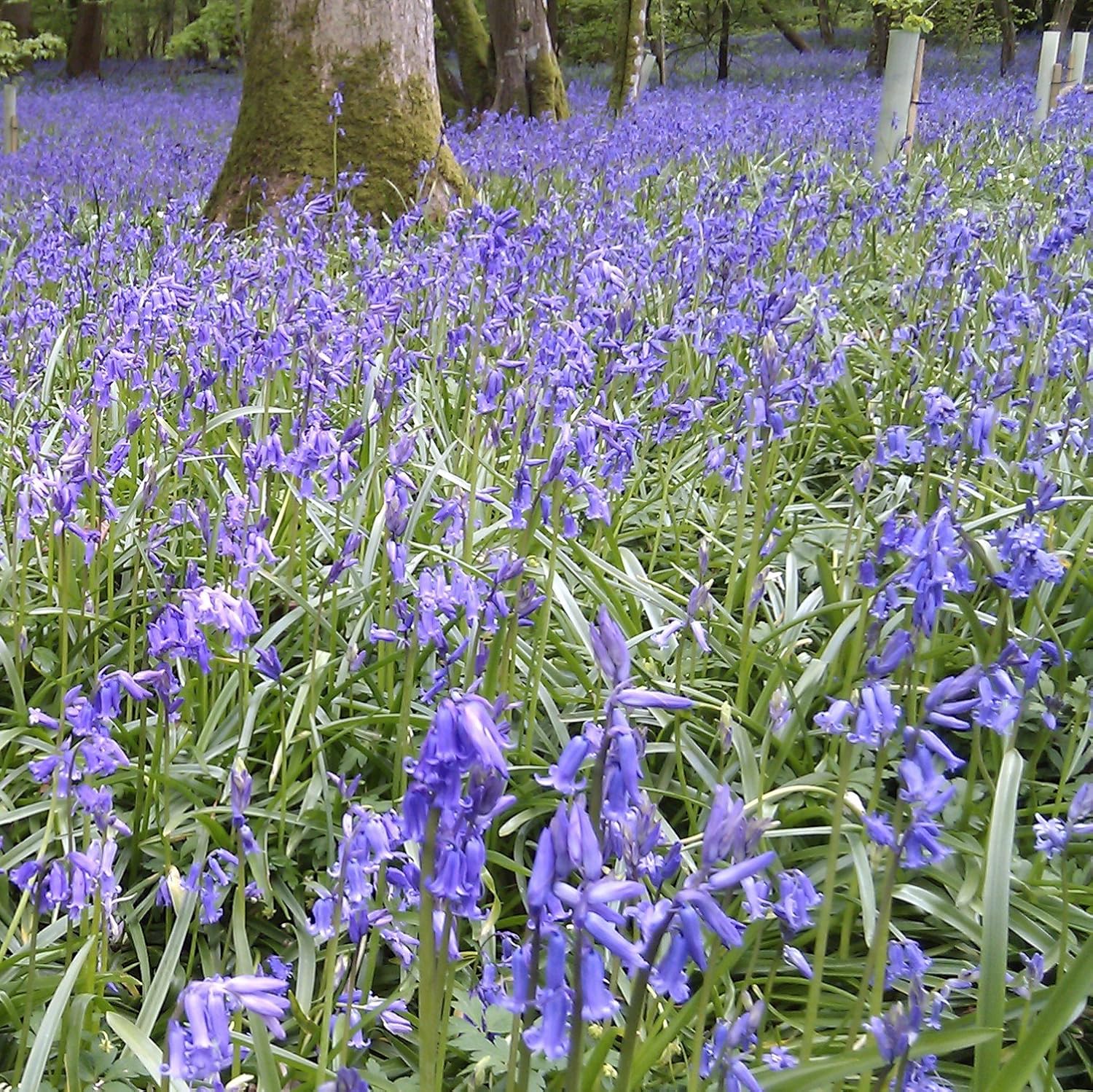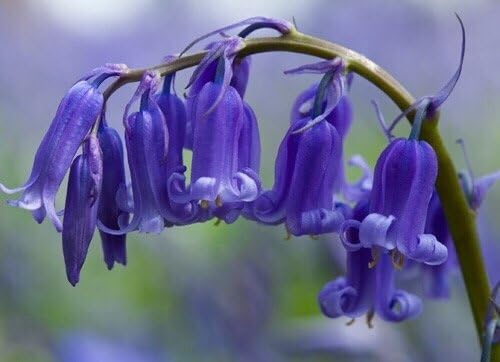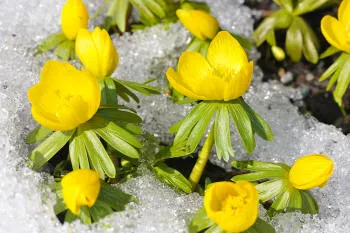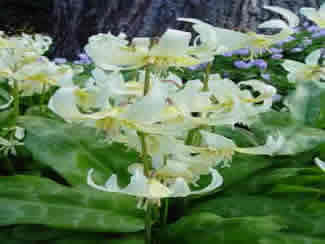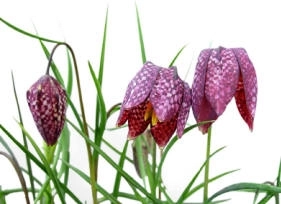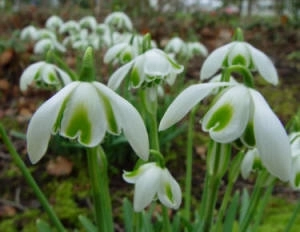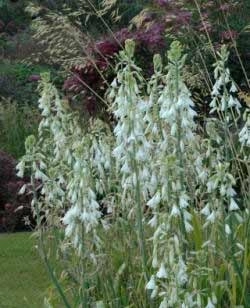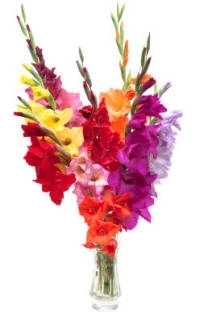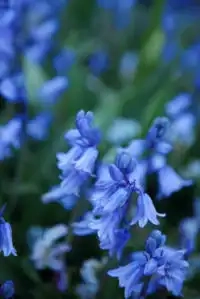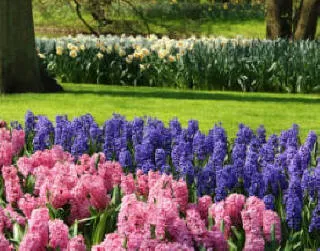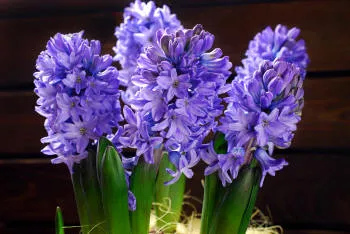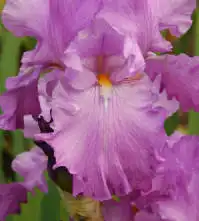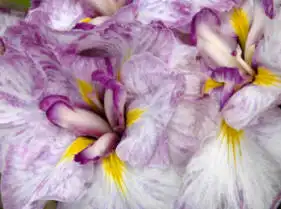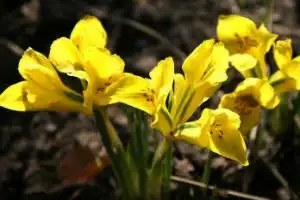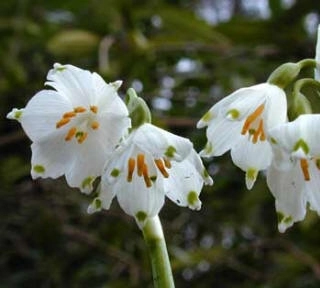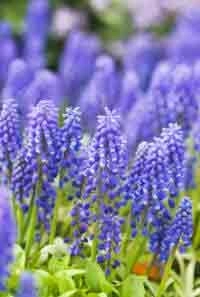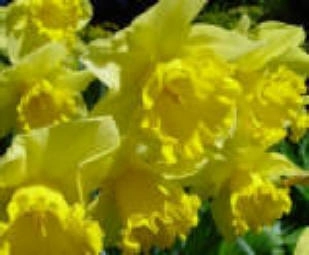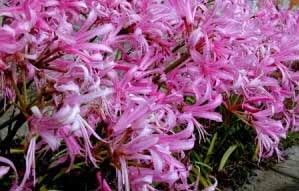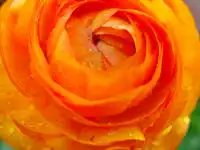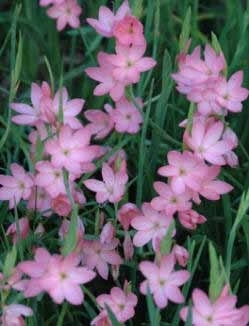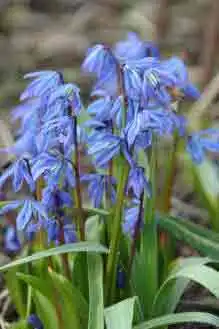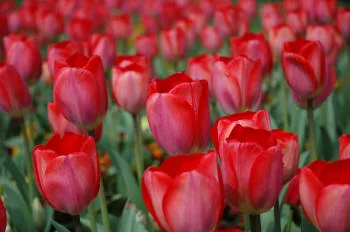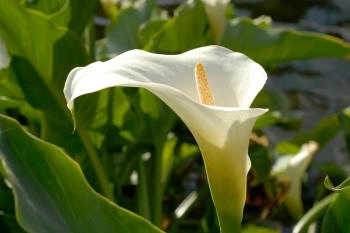The English wild Bluebell has pendant bell flowers on
straight stems which arch over at the top, and is best suited to growing
in light woodland or part shaded borders - also suited to being
naturalised in grass. It prefers a moist location, with dappled sunlight
in the spring - at flowering time. It will not do well in heavily shaded
areas.
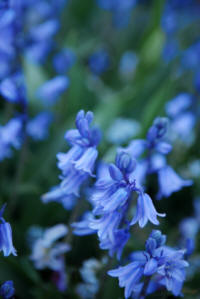
Bluebell - Hyacinthoides hispanica
Flowers of the
English bluebell bulbs are normally blue - with just
the odd white rogue popping through from time to time. White it may be,
but a Bluebell it still is! The leaves on the English Bluebell are
narrow linear leaves.
The English Bluebell bulbs readily seeds itself in the right
conditions, and there is no need to lift and divide the clumps - other
than to establish them quickly in another part of the woodland or
garden.
The Cultivated Bluebell - Hyacinthoides hispanica
is probably better for normal garden or border use. The flowers
colours are various shades of blue, white or pink. They are held on top
of erect stems and form clusters of pendant bell flowers - but slightly
wider and more open than the wild counterpart.
It is better to remove the faded flowers with these, as seedlings
might revert to a less attractive form. Clumps - which are soon formed -
can be lifted and divided right after foliage has died down.
The leaves on Hyacinthoides hispanica are long and linear,
nut wider than the leaves of the wild Bluebell.
Hyacinthoides hispanica can be grown in most soils types,
and are quite happy in a wide range of situations, including part shade
as might be the case when planted in shrub borders. They are also
excellent for planting in containers, in which case lift the bulbs once
flowered and plant elsewhere in the garden - allowing the container to
be readied for spring and summer bedding plants.
